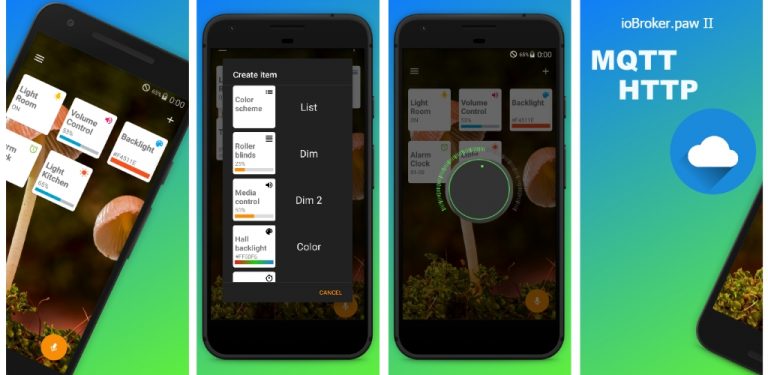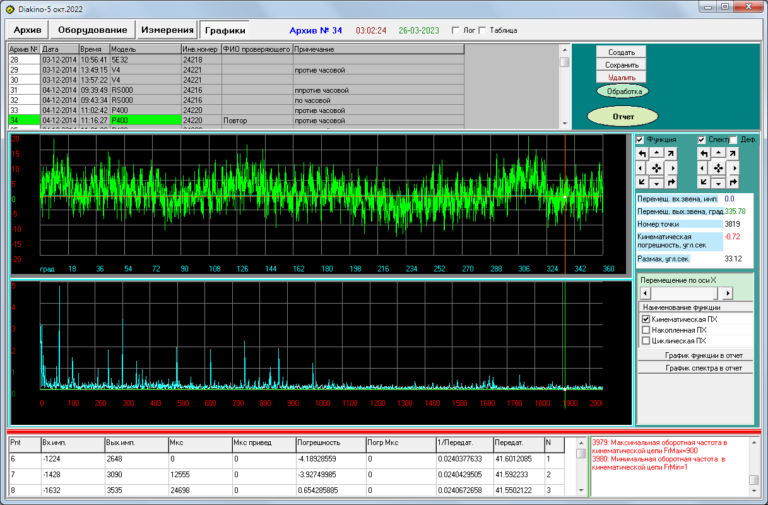how to collect ready-made ideas for product development from colleagues
When a product enters the operational phase, the product manager is involved in its support and development. To do this, there are many channels for replenishing the backlog with ideas: analysis of support requests, interviews with users, analysis of product analytics data, competitor analysis, etc. But there is another one that is underestimated – employees of the entire company.
My name is Artyom Trubin, I am the director of the product portfolio at the cloud provider ActiveCloud. I’ll tell you how we adjusted the replenishment of the product backlog with ideas from colleagues from different departments of the company, made them feel important and saved the energy of product managers with the help of Kaiten.
A little dive into context
ActiveCloud is a cloud provider. We sell cloud resources, products for organizing business IT infrastructure and information security.
I don't have a dedicated research department. But there are 4 product managers, 1 analyst and 10 departments around us.
Many of our products are already quite mature and are in the operational stage. Product managers have the task of replenishing the backlog with ideas for developing current products and launching new ones.
At the same time, the company employs many other specialists with a deep understanding of products and market needs: marketing, sales, service departments and others. They are not responsible for replenishing the backlog, although they have many ideas for the development of our products. All that remains is to receive them, prioritize them and begin to systematically implement them.
Firstly, it makes the work of products easier;
Secondly, it allows you to find non-obvious ideas;
Thirdly, it allows other company employees from other departments to feel their importance and involvement in the development of the product.
Collecting ideas through the Service desk in Kaiten
Since the product department of our company works at Kaiten, it was logical to collect ideas and further work with them there. To do this, we have created a separate service for receiving incoming requests based on the Service desk module.
It works like this: anyone in the company can write their idea/proposal to a special email or leave a request on the portal, whichever is more convenient for you. These letters are formed into applications and sent to the workspace to products. Namely, to the “Requests to Products” queue board.

This is a kind of buffer for collecting various requests to product managers, including ideas. And here an important rule applies: as soon as the card gets into this queue, the products receive a notification, and within 4 hours they must look at the application, appoint a person responsible and move it further in the process, that is, respond to the request.
At this moment, the employee who sent the idea will automatically receive a notification that his request has been responded to.

This does not mean at all that in 4 hours the product must process and implement any crazy idea. It just shows “We saw your initiative, thank you!” We will analyze it further and tell you the details later.”
Systematization, analysis and implementation of initiatives
Colleagues write their proposals in a completely free format. Because our goal is to find interesting ideas, and it’s the job of product managers to bring them to fruition.
To understand whether the game is worth the candle and the idea is worth implementing, we validate and analyze incoming requests. And then we decide whether we will do them and in what priority.

At the Validation stage, we follow a certain checklist that helps products reflect and fight off “too brilliant” ideas. It is automatically added to the initiative card.
Four questions especially help with the issue of validation:
What will happen if we do this?
What will NOT happen if we do this?
What will happen if we don't do this?
What will NOT happen if we don't do this?

At this same stage, we contact the author of the idea, ask additional questions, if necessary, and find out in detail what exactly he had in mind. And we record all this directly on the application card; this information will not need to be stored or searched anywhere else.

Based on the data received, the product manager needs to decide whether we will undertake the implementation or not:
if yes, then the author of the idea will receive an automatic message that his initiative has been taken into implementation. Here we do not promise specific deadlines, but we give you the opportunity to monitor the status.
If we understand that the idea is not relevant, then we will definitely give the person a reasoned answer as to why the idea was not suitable. Again, everything is inside the card.

People see what stage their initiative is at
Some ideas receive high priority and are implemented in the next sprint. Some take much more time. But in any case, each initiator can see what is currently happening with his application.
On the Service desk portal you can see all your requests and their current status, view your correspondence history or add a new message.
If an employee does not want to sit on the portal or understand it, then he can conduct a dialogue in email correspondence. You can find your application by name, look at the history and write a letter “Well, what’s going on with the application?”
The product will receive a notification that there is a question about a specific application, and will be able to answer it in the card itself on the board.

How to promote an open mic in a company
For the idea generation machine to work, you need to promote this mechanism within the company:
tell where and how you can share your idea;
explain that anyone can write;
make it clear that their requests will not go unanswered.
We did this:
at public meetings they talked about a service where you can share ideas;
sent out a mailing to all employees several times;
Each product owner signed his email: “To contact the grocery department, write to the email…”

In general, if desired, the service can be published for external users, thereby collecting feedback and initiatives not only from employees, but also from clients (for example, this is done in the Kaiten service itself, as far as I know).
When this approach won't work
It all sounds interesting, of course, but this method of receiving ideas from colleagues is not suitable for everyone.
If a separate validation stage is not allocated and a prioritization system is not established. In this case, the product manager will take on the implementation of all the ideas that come to him. This can also be influenced by the political weight of different departments in the company in the format “Whoever shouts louder or sits taller gets the ideas we take to work.” This has a detrimental effect on product development. Therefore, an objective prioritization system adopted at the C-Level level is important.
The downside of this factor: ideas will hang dead weight in queues, and people will think that their requests were sent to a big “black box” and will not receive any feedback. In this case, you can quickly run into negativity on their part: “I propose, but they don’t hear me.”
If the product is still in the implementation phaseand before accepting additional ideas for improvements, you need to put the product into operation.
Therefore, the proposed tool is good if the processes in the company are ready to filter and prioritize the ideas that you can receive.
About the results
We implemented this idea collection system 3 months ago. Since the development cycle in the company lasts longer, it is still difficult to talk about specific monetary results. However, some significant changes are already noticeable:
This played on relationships within the company. People began to understand that they were being heard, they could contribute, and their opinions mattered.
There is more transparency. Previously, it could have been that a person proposed an idea to his local manager, who did not appreciate it and did not even convey it to the products, the idea was lost. And now there is a “straight line” and motion tracking – a person sees what is happening next with his proposal.
We use the free brains of more people who come up with creative and valuable ideas. For example, we have had an incredibly competent specialist working for us for a very long time, who had never interacted with products before. Using this tool, he was able to provide several concrete proposals, on the basis of which we are now working on a number of initiatives.




